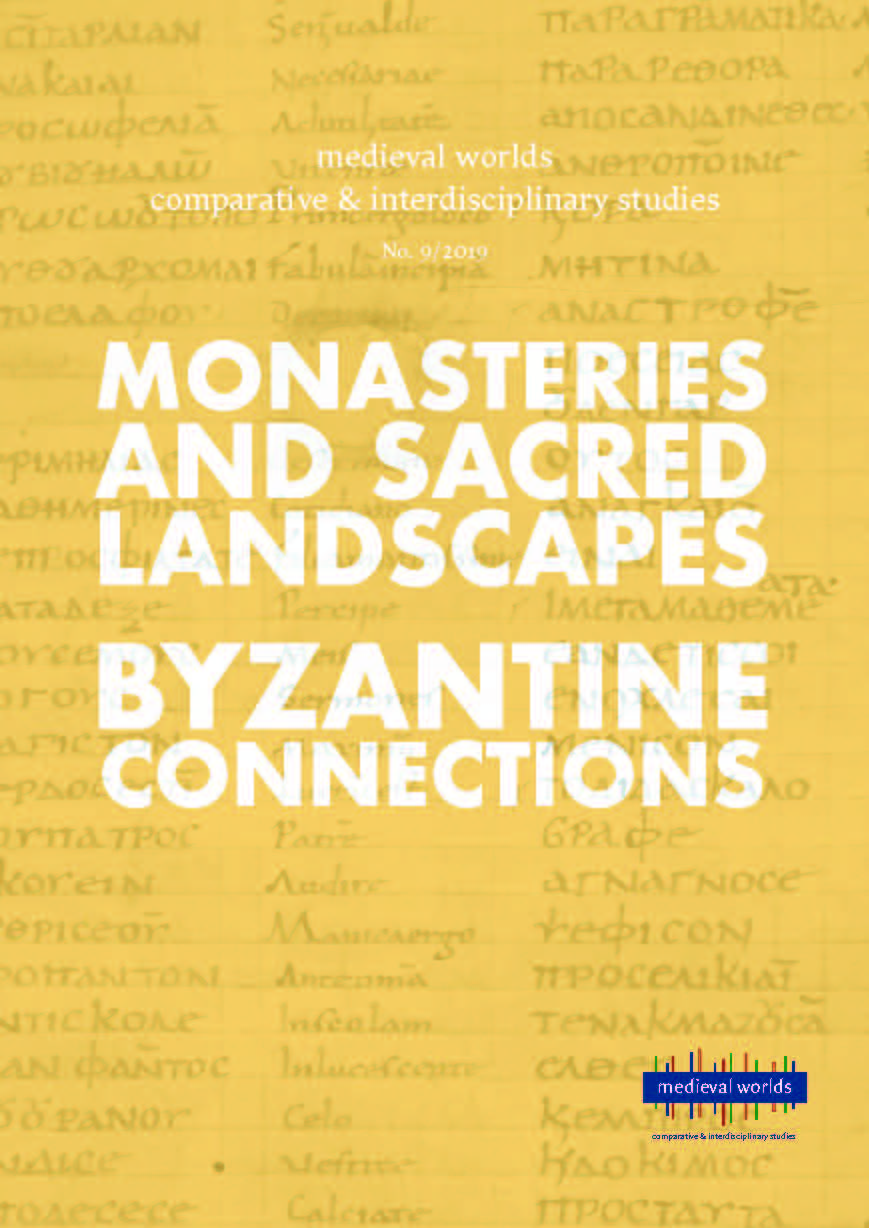Pia Carolla
S. 218 - 241
doi:
10.1553/medievalworlds_no9_2019s218
Verlag der Österreichischen Akademie der Wissenschaften
doi:
10.1553/medievalworlds_no9_2019s218
Abstract:
Travelling to the ›Other‹ can be fascinating – and very dangerous, especially when the traveller moves to ›uncivilised‹ peoples like Huns and Mongols. The article shows unpredictable parallels between two travel accounts very far from each other in space and time: on the one hand Priscus of Panion, a learned Greek from the 5th century CE, who goes with the Byzantine ambassador to the king of the Huns, the terrible Attila; on the other hand William of Rubruk, a learned Franciscan from the 13th century CE, who writes in Latin a detailed report about his mission to the Mongol Empire. Both cross Constantinople, the city of cities, and both bear witness to the welcoming ›civilisation‹ they found at their destination, beyond borders and boundaries. From a literary perspective, much to our surprise, Byzantium is the key to open the world of the ›Otherness‹.
Priscus of Panion, William of Rubruk, Mongol Empire, Byzantine literature, King Louis IX of France, Attila, Sartaq, Byzantium East & West, Constantinople, ›Otherness‹
Published Online:
2019/06/28 10:44:08
Document Date:
2019/06/28 10:36:00
Object Identifier:
0xc1aa5576 0x003abd57
Rights:All rights reserved.For questions regarding copyright and copies please contact us by email.
medieval worlds provides a forum for comparative, interdisciplinary and transcultural studies of the Middle Ages. Its aim is to overcome disciplinary boundaries, regional limits and national research traditions in Medieval Studies, to open up new spaces for discussion, and to help developing global perspectives. We focus on the period from c. 400 to 1500 CE but do not stick to rigid periodization.
medieval worlds is open to submissions of broadly comparative studies and matters of global interest, whether in single articles, companion papers, smaller clusters, or special issues on a subject of global/comparative history. We particularly invite studies of wide-ranging connectivity or comparison between different world regions.
Apart from research articles, medieval worlds publishes ongoing debates and project and conference reports on comparative medieval research.
Table of Contents
Editor’s Preface
Walter Pohl and Ingrid Hartl
Monasteries and Sacred Landscapes
An Old Ritual Capital, a New Ritual Landscape:
Understanding the Transformation of Angkor Thom, Cambodia:
through the Construction and Placement of Theravāda »Buddhist Terraces«:
Andrew Harris
The Monasteries of Athos and Chalkidiki (8th-11th Centuries): A Pioneering Front?
Michel Kaplan
Pro qualitate loci et instantia laboris:
Monasteries and their Human and Natural Environments in Late Antique Gaul
Matheus Coutinho Figuinha
The Limitations of Asceticism
Albrecht Diem
Byzantine Connections
Greeks and »Greek« Writers in the Early Medieval Italian Papyri
Edward M. Schoolman
Resenting Byzantine Iconoclasm. Its Early Reception in Italy
through an Inscription from Corteolona
Francesca Dell’Acqua and Clemens Gantner
Mercantile and Religious Mobility between Byzantines, Latins and Muslims,
1200-1500: On the Theory and Practice of Social Networks
Johannes Preiser-Kapeller and Ekaterini Mitsiou
»A Universal Narrative of Humanity«. Travelling to the ›Other‹
from Constantinople: Priscus of Panion (5th c. CE)
and William of Rubruk (13th c. CE)
Pia Carolla




 Home
Home Print
Print
 References
References
 Share
Share
